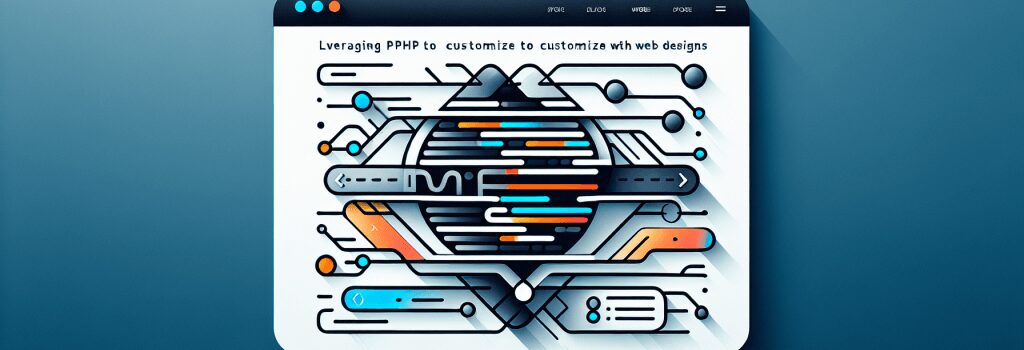Leveraging PHP to Customize Web Designs

Revolutionizing Web Design through PHP Customization
Unleashing the Power of PHP in Web Design
In the realm of web development, PHP (Hypertext Preprocessor) stands out as a cornerstone technology that powers a significant portion of the internet. Known for its flexibility and robustness, PHP has become a go-to server-side scripting language for web developers aiming to create dynamic and interactive web pages. By leveraging PHP, developers can customize web designs to an unprecedented extent, tailoring websites to meet the specific needs and preferences of their audience.
PHP and Web Design: A Perfect Synergy
One of the most compelling advantages of PHP in web design is its ability to generate dynamic page content. This means that developers can create web pages that change based on user interactions, time of day, or any other parameters defined within the PHP script. Such dynamic content is essential for engaging web experiences, allowing for personalized user journeys based on specific preferences or behaviors.
Custom Themes and Templates
PHP’s integration into web design goes beyond dynamic content. It plays a critical role in developing custom themes and templates, especially for content management systems (CMS) like WordPress. By understanding PHP, web designers can create highly customized themes that stand out from the plethora of pre-designed options available. This customization is crucial for businesses seeking to build a unique brand identity online.
Enhancing User Experience with PHP
PHP also enhances user experience through its capability to interact with databases. This interaction allows for the creation of feature-rich websites that can store and retrieve data, making it possible to implement user profiles, content management systems, forums, and more. With PHP, creating a responsive and interactive web design becomes much more manageable, leading to higher user engagement and satisfaction.
Best Practices for Leveraging PHP in Web Design
To fully utilize PHP in customizing web designs, adhering to best practices is essential. Here are some key considerations:
– Maintain Clean and Organized Code: Write structured and well-commented PHP code to ensure easy maintenance and scalability.
– Prioritize Security: Always sanitize user inputs to prevent security vulnerabilities like SQL injection and cross-site scripting (XSS).
– Embrace Responsive Design: Use PHP to detect the user’s device and serve optimized content for mobile, tablet, or desktop, enhancing the overall user experience.
– Leverage PHP Frameworks: Frameworks such as Laravel and Symfony can streamline development workflows and provide consistent coding standards.
Conclusion: Unlocking Creative Potential with PHP
As web development continues to evolve, the role of PHP in web design remains undeniably significant. Its ability to create customized, dynamic web pages opens up endless possibilities for creativity and innovation in web design. For those looking to build unique, engaging, and interactive websites, diving deep into PHP and its applications in web design is a journey worth taking. By harnessing the power of PHP, developers and designers alike can push the boundaries of what’s possible in web development, delivering unforgettable digital experiences to users worldwide.


